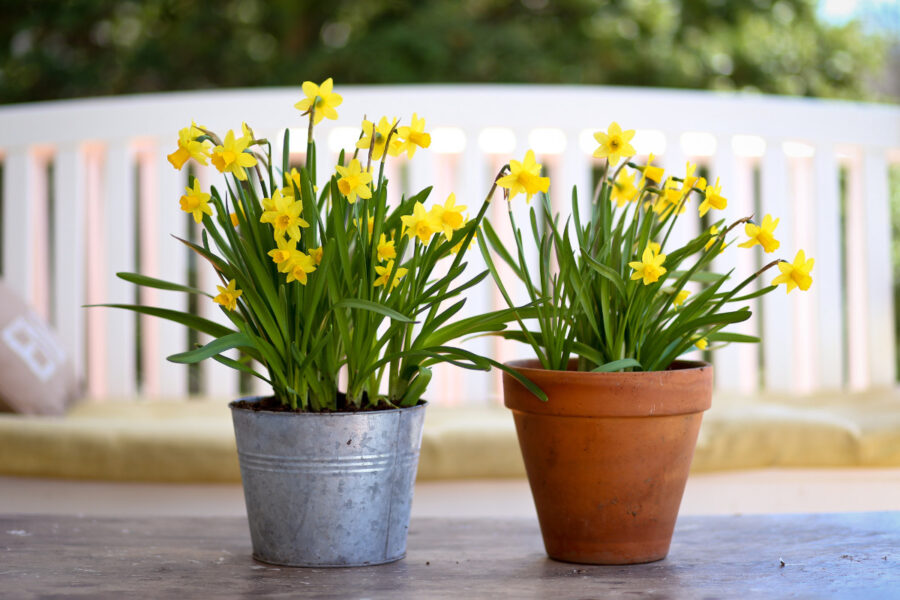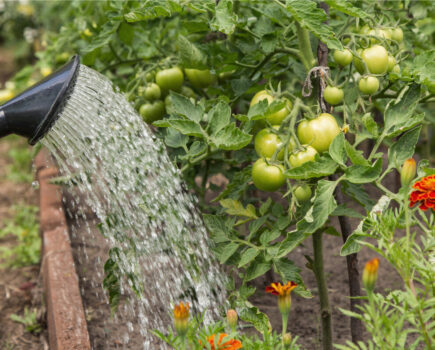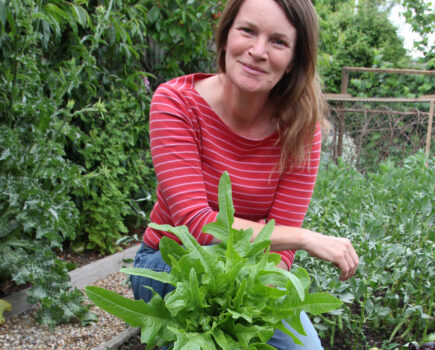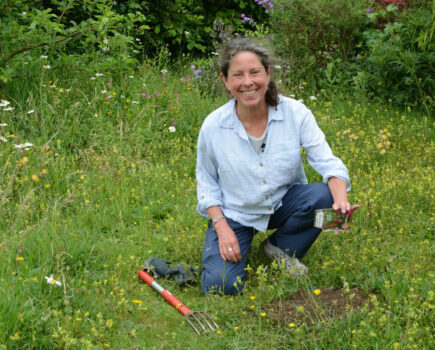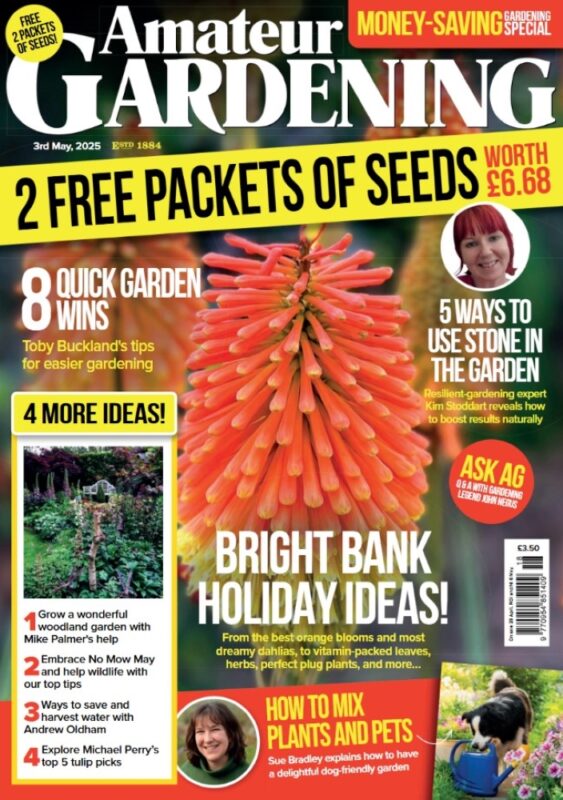Nick Hamilton explains why a small space is no drawback to beautiful spring colour
I love a good cold winter because it’s seasonal and what the garden really needs to perform at its best, not just in winter but also during each of the other three seasons of the year.
There is only one place to start when talking about early flowering bulbs and that is with the snowdrop. There are innumerable varieties, some stand-alone, some just stunning and some really just for the Galanthophiles to get excited about.
To many gardeners, the appearance of their pendulous white flowers into March is the sign that spring and warmer weather is on its way but, although not a native plant, they surely must be viewed as one of our iconic early year gems.
The stars of an early year border
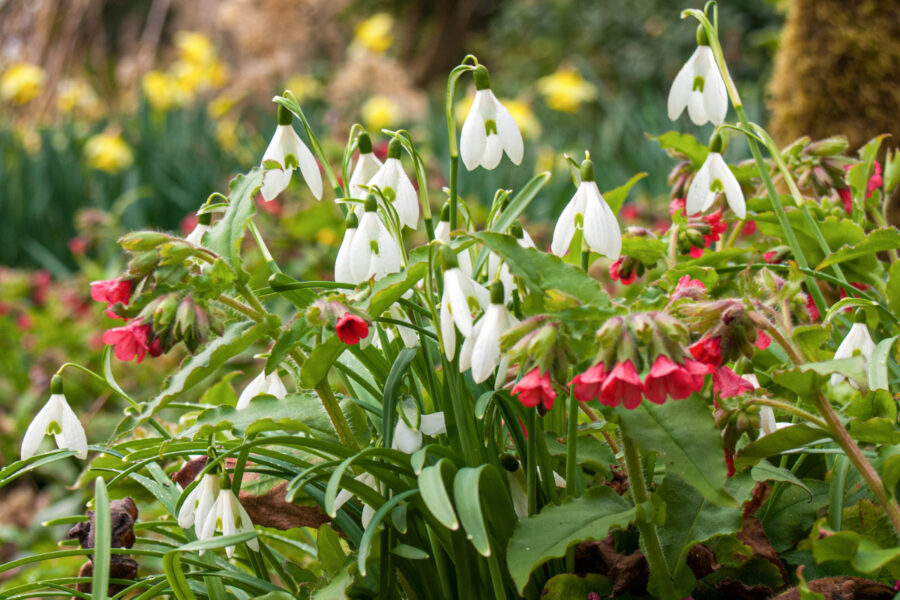
Drifts of Galanthus nivalis, the common snowdrop, and Galanthus nivalis ‘Flore Pleno’, the double form, will produce a stunning effect anywhere and you don’t need a large garden to get a great effect. I plant them round and about, I know they’re there, but they still surprise and delight me when I stumble across them. The other option is to go for stand-out more unusual varieties, such as ‘Trumps’, which has an inverted heart on the inner petals, or ‘Primrose Warburg’, which has a yellow ovary and clear yellow inner segment markings.
I have found that Chionodoxa forbesii ‘Pink Giant’ has been magnificent in a small, semi-shaded bed year after year, with the starry, soft pink flowers produced in abundance irrespective of the weather. If you prefer blue flowers then the species C. sardensis has the same starry flowers but in a gorgeous gentian-blue.
Neither of these varieties get very tall, usually around 15cm (6ins) and another low-growing spring bulb I would not be without is Anemone blanda.
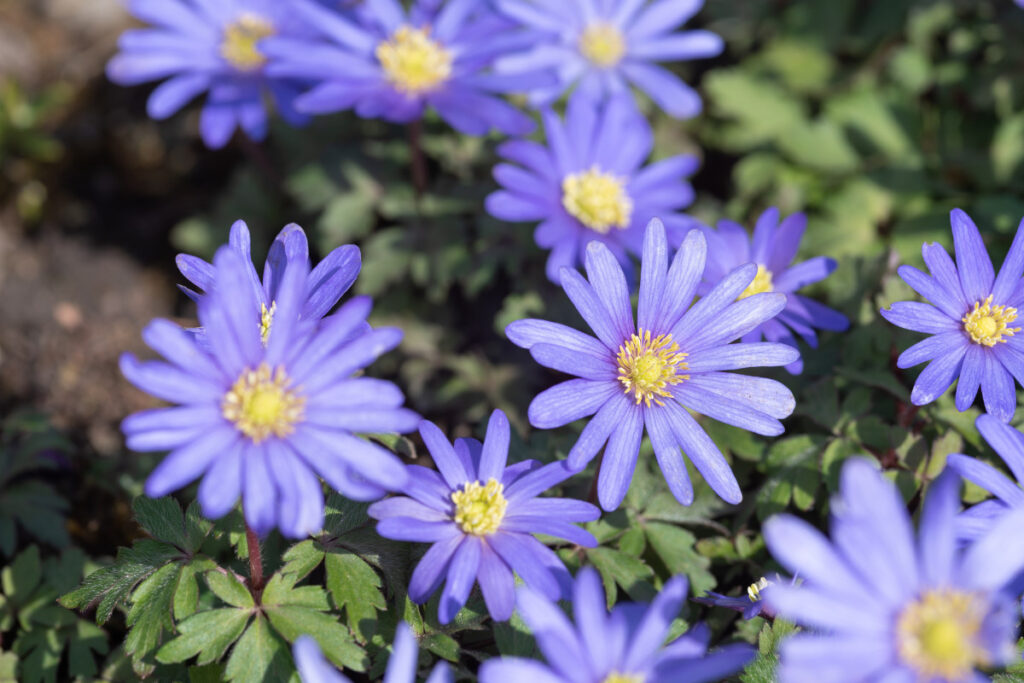
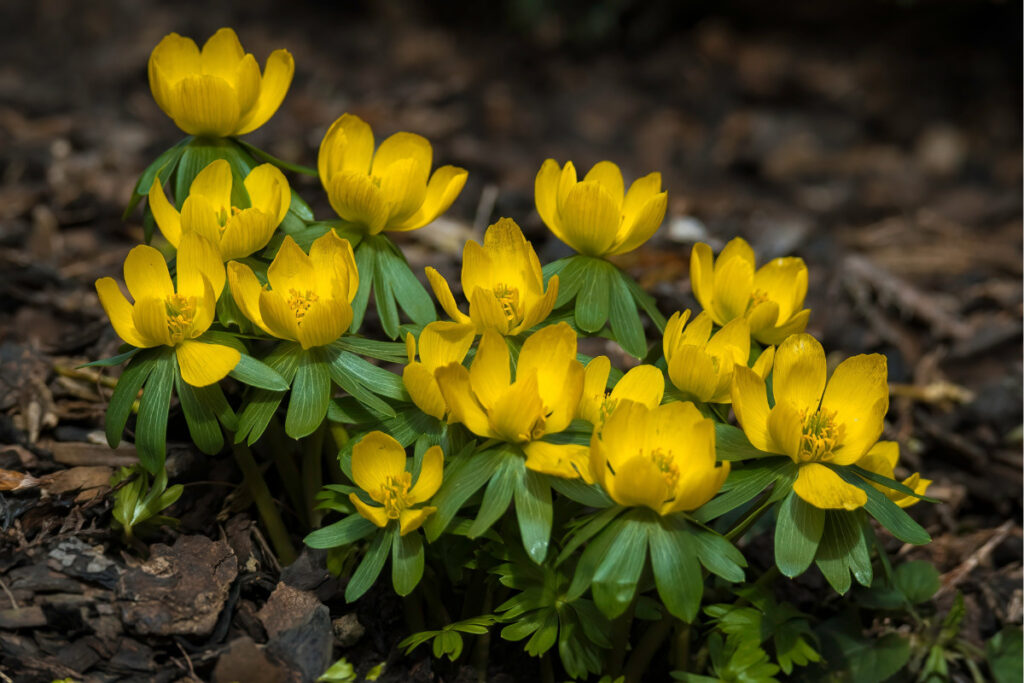
Although great for naturalising they also look stunning in small patches and I grow three varieties at Barnsdale; ‘Pink Star’, ‘Blue Star’ and ‘White Splendour’, with the latter having larger, daisy-like flowers than the other two and pure white flowers. Both the Anemone and Chionodoxa flower during March and April.
Yellow will lift your spirits
When we think of cyclamen most of us automatically picture the larger flowered houseplant, but a beautiful outdoor variety is Cyclamen coum and this will flower during late winter and early spring and is perfectly hardy.
I find that no matter how small the plant, it really brings warmth every time I see it. As an added bonus when the green leaves appear, as they do after flowering, they have a wonderful silver marbling.
I also find that anything yellow really lifts my spirit on particularly cold days or, worse still, cold and wet days, and you can’t get any more yellow or classic than both the winter aconite and daffs.
Beginning to flower just before the common snowdrop, the winter aconites or Eranthis hyemalis, produce upward-facing bright yellow flowers that are held above their dark green foliage, which acts as the perfect backdrop to show off these flowers at their best and brightest.
Once these have come to an end the daffodils start to come into their own and for a small space or containers the dwarf varieties are perfect. I grow both ‘February Gold’ and ‘Tete a Tete’ in small borders and they produce really well year on year. They both flower during March and April with the ‘Tete a Tete’ being multi-headed. For something a bit different I would try Narcissus ‘Thalia’, a white dwarf daffodil, which flowers during March and April.
Find more tips, advice and articles like this at the Amateur Gardening website. Subscribe to Amateur Gardening magazine now

